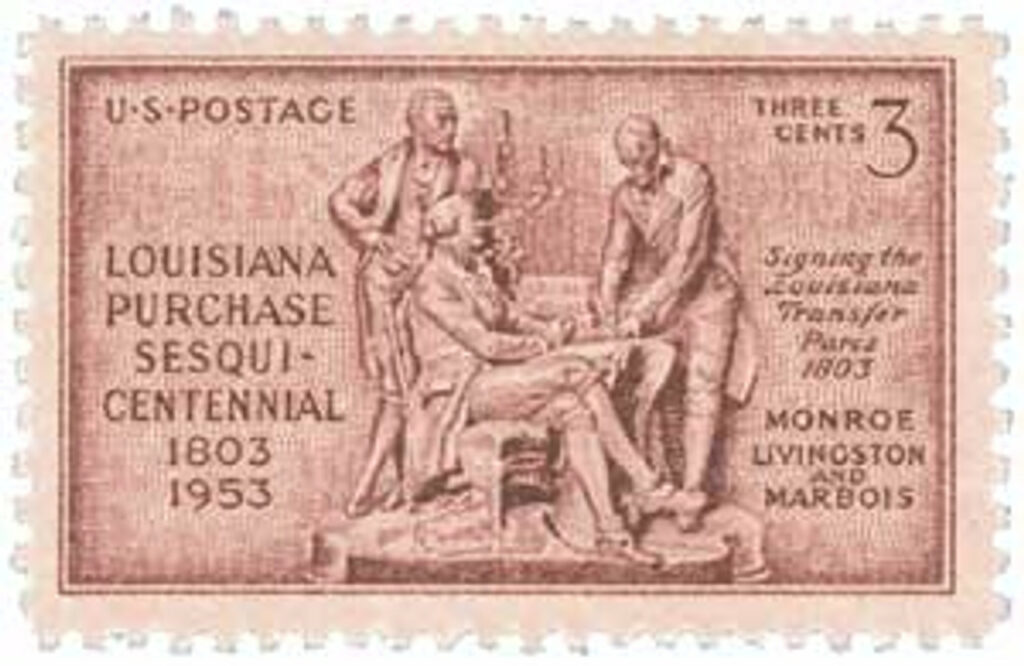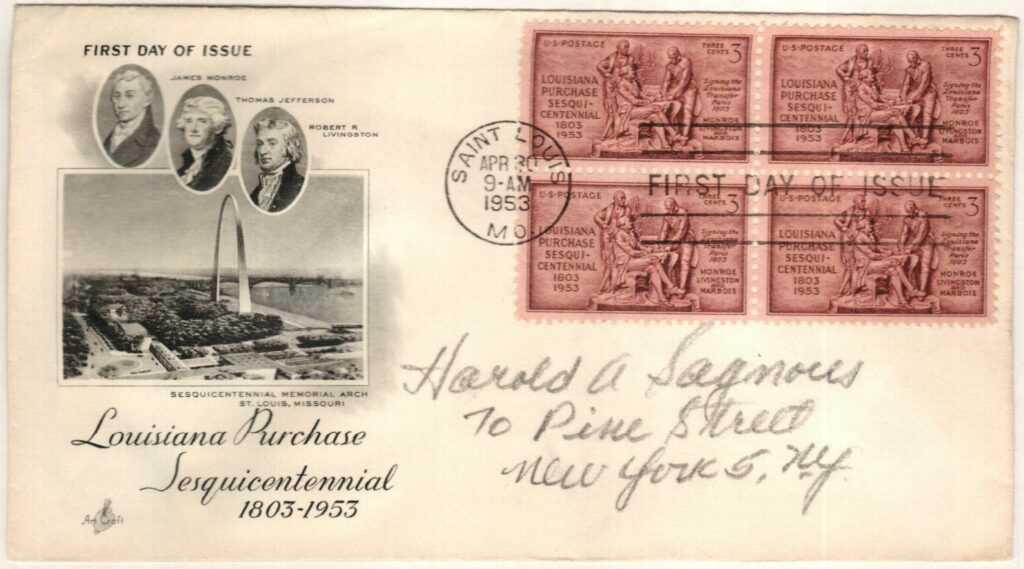Louisiana Purchase is Completed
On December 20, 1803, the Louisiana Purchase was finalized with a ceremony in New Orleans.
In the early 1800s, Napoleon Bonaparte sought to create a great French empire in the New World. The center of the empire was to be the colony of Saint Domingue (now Haiti) on the island of Hispaniola. Napoleon envisioned that the Mississippi Valley would be the trade center of the new empire, shipping food and supplies from America to Hispaniola.
At this time, Saint Domingue was in the midst of a slave revolt. This revolt had to be put down before French control could be restored. In an attempt to end it, Napoleon sent a large army to Saint Domingue. Although there were considerable French victories on the battlefield, many soldiers died from disease. Because of these heavy losses, Napoleon was forced to abandon Hispaniola and, in turn, his dream of an empire in the New World.
With Hispaniola gone, Napoleon had little use for Louisiana. Additionally, war was imminent in Europe and he couldn’t spare troops to defend the territory. This caused Napoleon to offer the land for sale to the United States, which had expressed interest in New Orleans.

Commerce in the US depended heavily on waterways during the early 1800s. None was more important to US interests than the mighty Mississippi River and the port city of New Orleans. Fearful that the US might lose navigational rights along the Mississippi, President Thomas Jefferson sent James Monroe and Robert R. Livingston to Paris to negotiate the purchase of New Orleans and its immediate surrounding area. Jefferson also sent Pierre Samuel du Pont de Nemours, a French nobleman living in the United States. He had political connections in France, so Jefferson asked him to help with negotiations.
Monroe and Livingston were prepared to offer $10 million for the port city, but France offered the entire 530-million-acre area for $22 million, before settling on $15 million. Concerned Napoleon would withdraw the offer at any time, the representatives agreed without consulting the president, and the treaty was signed on April 30, 1803.
The purchase was the American government’s largest financial transaction to date, and it doubled the size of the United States at a cost of less than 3¢ per acre. Control of the Mississippi River and the port of New Orleans provided a convenient method of transportation necessary for the development of the new region. The acquisition also distanced France from the young nation, removing the risk that the two like-minded countries would become enemies over conflicting interests.
In spite of the bargain price, the purchase caused controversy. President Jefferson himself questioned whether he had the authority under the US Constitution to acquire land. The issue was so divisive, a group of northern Federalists considered forming a separate northern confederacy.
When Napoleon signed the Louisiana Purchase, he said, “This accession of territory affirms forever the power of the United States.” America did grow into a world power, as he predicted.
On December 20, 1803, representatives from the US and France convened in New Orleans to finalize the purchase. They took down France’s flags and raised America’s in a ceremony, officially establishing the Louisiana land as part of the United States.
| FREE printable This Day in History album pages Download a PDF of today’s article. Get a binder or other supplies to create your This Day in History album. |
Discover what else happened on This Day in History.




I appreciate “This day in History”, it brings knowledge back I forgot from school years. Kurt Spaulding
(65 yrs young)
Very important to note that this land was acquired by purchase, not conquest (likewise Alaska). Thanks again, Mystic!
There’s a State of Jefferson within Northern California where I live. I’ve enjoyed researching Thomas Jefferson as a result. He was instrumental in the westward expansion of our nation making Redding, California part of the USA. Thank you Mystic.
George, you live where, the “state” of Jefferson? That’s pretty funny. Try finding the “state” of Jefferson on a map. Good luck.
It’s interesting, but not surprising, to note that American representatives negotiated with the French to purchase the Louisiana Territory, but no native Americans who actually lived in the area were present or consulted.